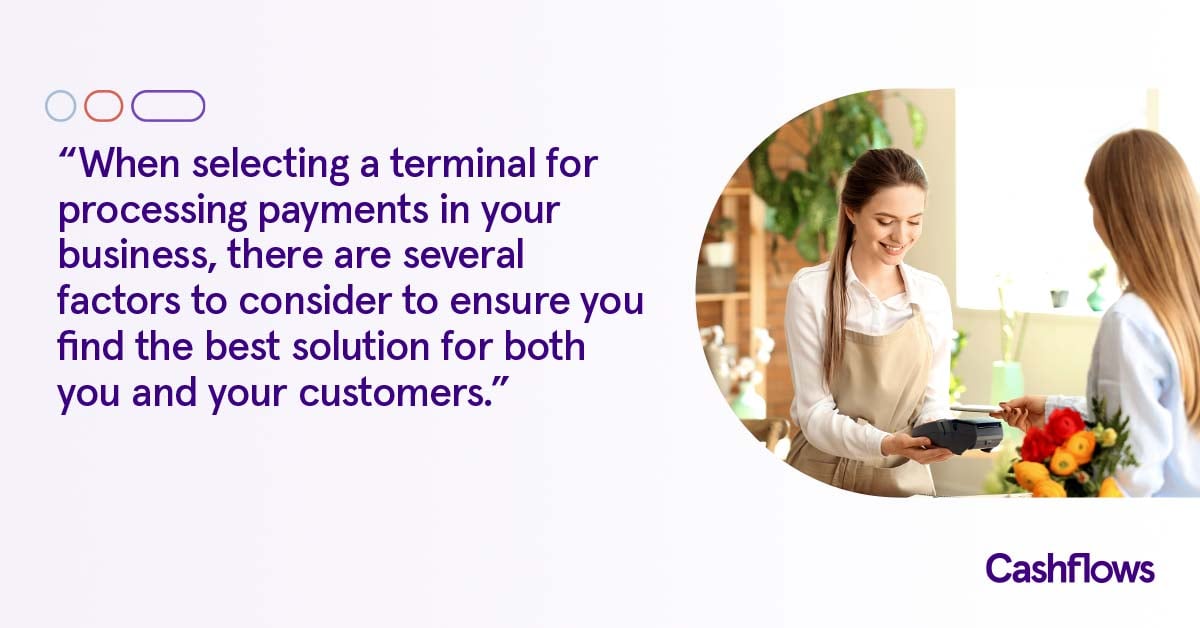In last week’s blog we discussed what an iFrame is and how they can be used as a payments page for an online checkout, making the process more seamless for your customers and more customisable to your business’ needs (if you missed it, check it out here).
As we covered previously, Hosted Payment Pages (HPPs) can be embedded as an iFrame that sits on your webpage, avoiding the need for redirects and reducing cart abandonment. However, an HPP can also sit across multiple iFrames, also termed “Embedded Frames”. This means that each field of the HPP (card details) appears in its own individual iFrame (box) and can be placed anywhere on your webpage. This allows for complete customisation over the look, feel, number of steps, payment options etc. of your online checkout.
Whilst multiple iFrame payment pages can be trickier to integrate and require more development work than HPP or single iFrame options, complete customisation has its benefits, ensuring that all aspects of your website are aesthetically the same, reducing cart abandonment. You can also put additional information, products, or fields on the same page as your payments, providing opportunities to take advantage of last-minute purchase decisions, encourage customer loyalty, and build out your customers’ profiles. This is key to providing the personalised experience that is becoming increasingly expected across multiple industries from retail to insurance.
Benefits of Embedded Frames:
-
Looks in-keeping with the rest of your website and checkouts process, boosting conversions
-
Complete customisation of your checkout
-
The same security benefits of an HPP, where compliance (PCI) is managed by your payments provider
-
Can add additional fields and collect data that can be stored by your company e.g. a tick box for marketing emails or product customisation options, that appear alongside the payment fields, reducing friction and the number of steps it takes for your customer to complete their transaction
-
New payments options are added and kept up to date for you (mobile payment methods, foreign currencies…) by your payments provider
Downsides of Embedded Frames:
-
Typically requires more development work than an HPP redirect or a single iFrame payment page
-
Don’t have total control over the checkout and payment process like you would with using an API integration to your payments provider and building your checkout yourself, which is required by some large corporates for their businesses
If you’d like to learn more about implementing Embedded Frames in your checkout or discuss other options for implementing online payments, contact us here.


